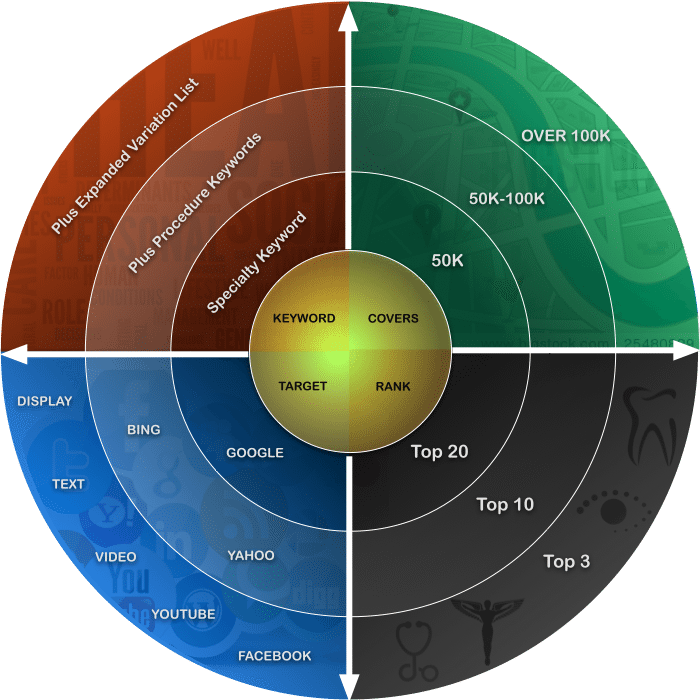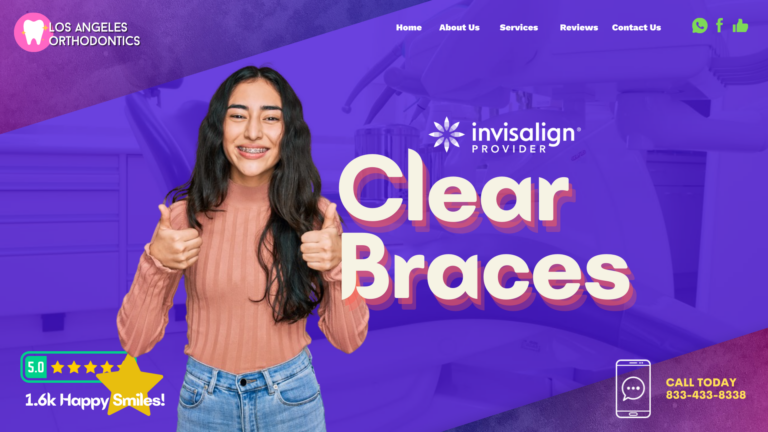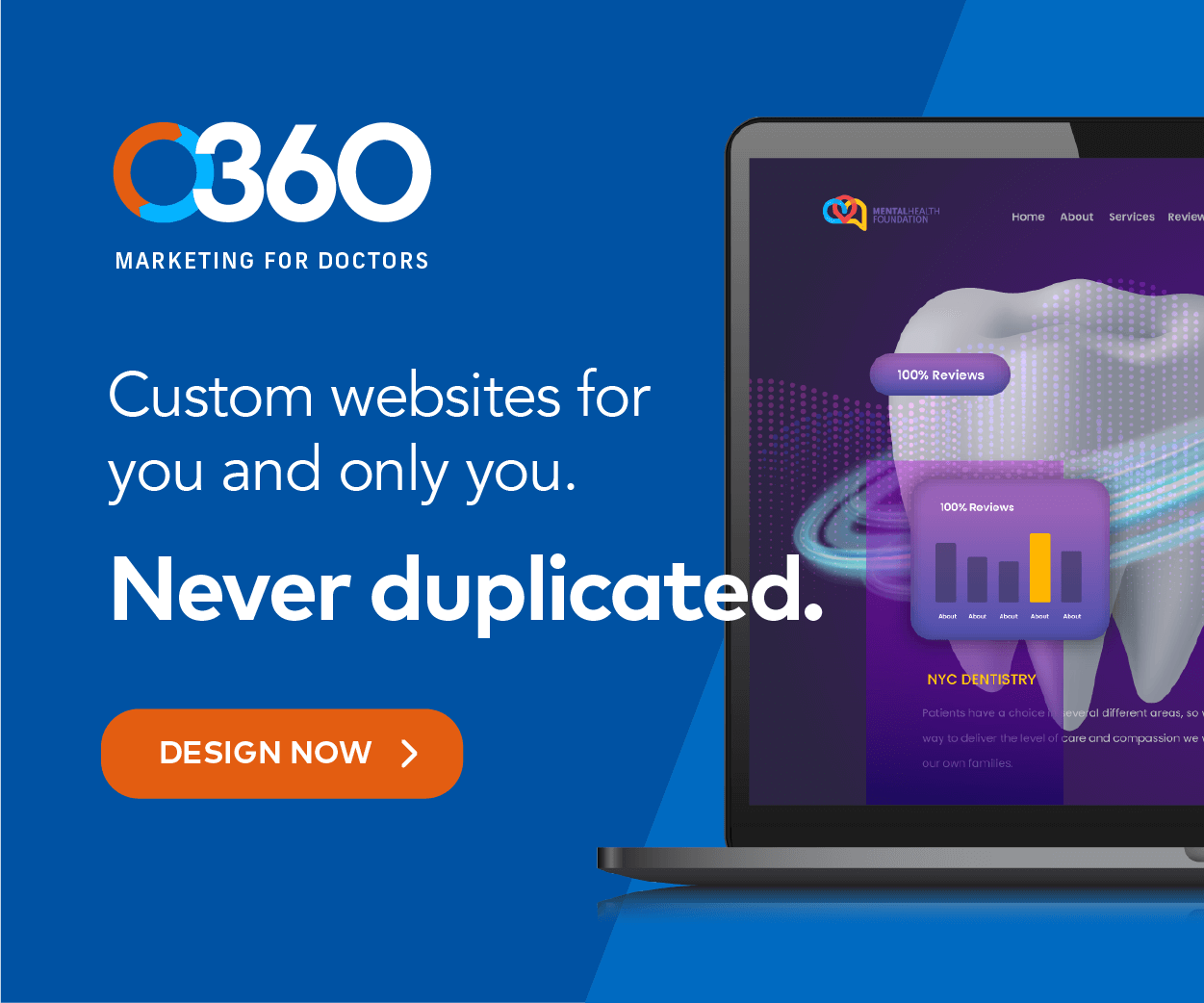For all the challenges in our industry, the future of dental technology continues to be promising. with new treatment options. Technology is considered the best way to help dental professionals save time and money so they can refocus their efforts on their patients. It also holds opportunities for improving diagnosis accuracy, management efficiency, and most of all, successful, long-term treatment.
It’s due to these advancements that we’ve noticed these trends continue to rise. For the upcoming year, here’s what you can expect from the latest technology trends and what this may mean for the future of dentistry.
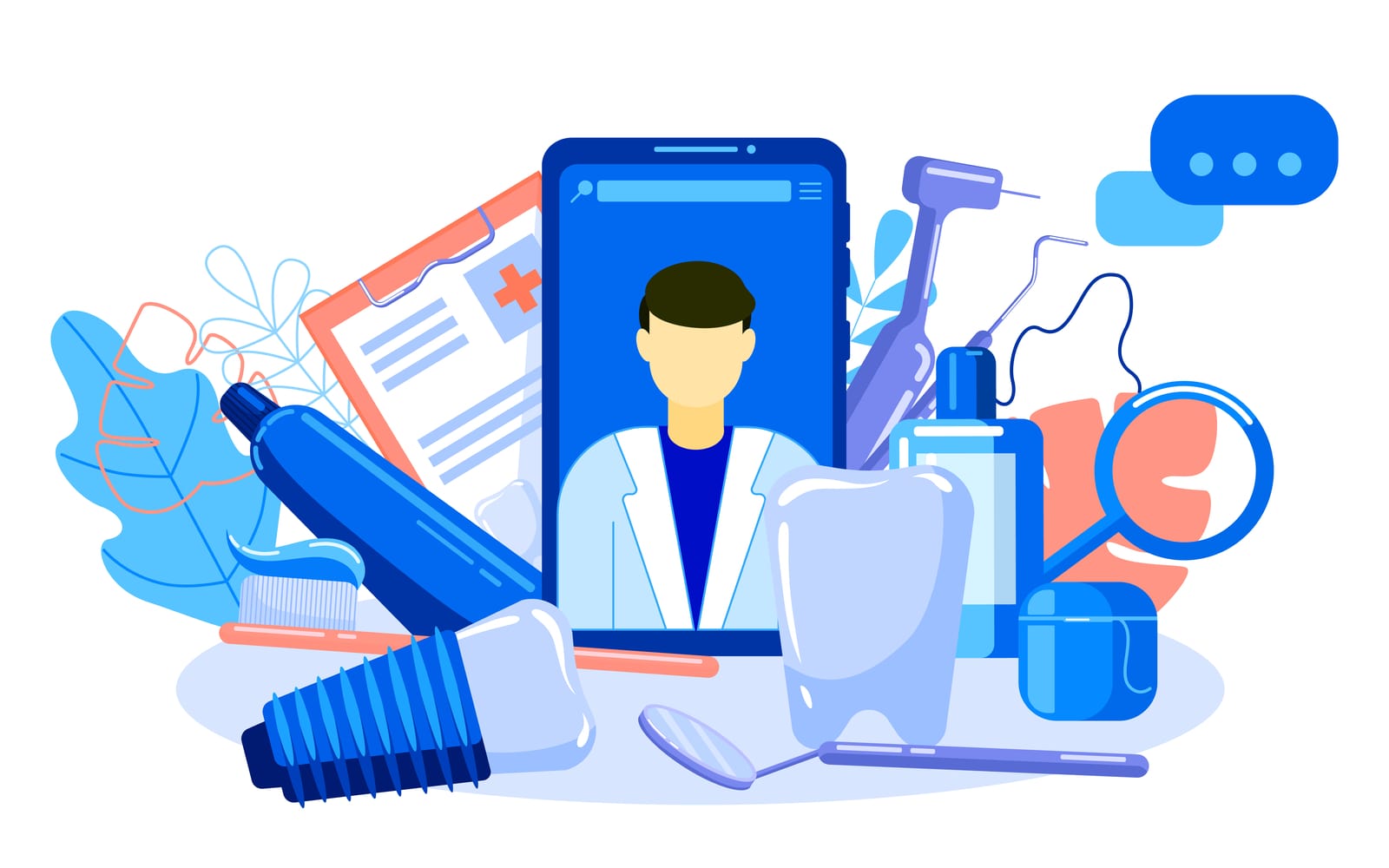
What Research Shows Us About Dental Technology
Dental technology provides important new ways for dentists to improve their patient’s results. Patients today can easily look up basic information from Google or Siri about their symptoms, but when it comes to the specifics, such as what microbes are causing the development of dental plaque along their teeth, that’s where technology comes in to fill in those missing gaps of information.
Most of the trends within this list will seem familiar, as they are ever-evolving trends that are constantly developing overtime. However, it’s about how these technologies are changing that we’ll be describing below that you should keep an eye on:
Artificial Intelligence (AI) in Diagnostics
Patients don’t want outdated dental technology and to hear repeated jargon about their dental problems; they want precision, analytics, and information about their health that can guide their decision-making process, especially when issues like endodontic disease or severe periodontal disease can worsen over time without treatment.
AI-powered systems have been a dental technology in development for the past few years and have come a long way in their accuracy. The algorithms used within diagnostic systems rely on the quality of the model’s training datasets to provide this accuracy, just as much accuracy as any dental professional would prescribe. Here are some studies that support the use of AI in dental technology:
- Dental Cavities: A study published August 2021 showed that out of a dataset of over 2,000 photographs of teeth, the deep learning algorithm used in the study produced a 92.5% accuracy rating for the standardized, single tooth photographs.
- Endodontics: As most endodontics rely on radiographic images to evaluate tooth conditions, this collective paper of over 10 studies published in 2020 showed that AI models analyzing various CBCT scans produced a 92% success rate at detecting periapical lesions.
- Oral Cancer Detection: Oral cancer has a 29% rate at being detected. While most machine learning and computer vision technologies still need better access to datasets with oral cancer lesions to improve their results, one study published in July 2020 showed that machine learning models can produce an 83% accuracy rate at detecting the presence of oral lesions, and a 78% accuracy rating that suggested referral for treatment based on those results.
While these results look promising, AI still faces some limitations, with one of the most significant being access to quality training datasets that are properly labeled. Even though algorithms can detect objects highlight relevant areas, and make estimations, the datasets themselves need to be publicly available, anonymous, and given through HIPAA-compliant patient consent to improve their accuracy.
It has the potential to be a highly useful dental technology and is excellent at streamlining practice management and predictive analysis with its current toolset, but it is still limited for now. Developing and investing in AI technology could help long-term, reducing the costs of its application in the dental industry, and more importantly, improving patient results with today’s current treatments.
3D Printing in Dentistry
As a dental technology, 3D printing was originally used to produce mock-up models for diagnostic and treatment planning but has since moved forward to become one of the best ways dentists can fabricate treatment products such as impression trays, guides, models, and prostheses.
3D printing helps reduce waste and can create complex, detailed objects within a few hours. It’s become a must-needed dental technology for any dentist looking to reduce costs for their practice. Today, major companies like Nobel Biocare and Dentsply Sirona are constantly improving the manufacturing processes of these 3D printing machines, including:
- New Materials: Most companies have begun shifting towards biocompatible materials. Some of the newest materials out there include calcium-phosphate ceramics, specifically hydroxyapatite, to resemble the mineral composition of teeth through a more multi-layered design.
- Improved Techniques: 3D Printing systems are advancing beyond the usual SLA and DLP processes, merging them to produce vat photopolymerization, a method that uses liquid resin to cure layer by layer for complex, geometric designs.
- Colorful Workflows: 3D printing workflows have started to include more color control in their process (with the help of digital CAD software and intraoral scanners). For dentists within the aesthetic focus, this allows better control over color and resin placement during its printing sessions and results in more accurate-feeling teeth restorations.

Teledentistry
Since 2020, teledentistry has become a new standard dental technology for many practices attempting to reach out to patients. Teledentistry is considered helpful to patients in remote areas unable to receive immediate care. By virtue of its design, it’s been able to help patients receive follow-up care without constant, frequent checkups and in-office visits. Dentists are able to develop stronger relationships with their patients and ensure that their patients are receiving the treatments they need.
In recent years, teledentistry and other virtual methods of communication have advancing quite quickly, resulting in newer measures of support through:
- Virtual Reality Appointments: Virtual reality technology has been able to provide dentists with a newer way of diagnosis; During appointments, dentists can use VR with AI technology to provide diagnosis and treatment plans, no matter the location of the patient.
- Remote Monitoring with Mobile Apps: Some practices have developed their own mobile apps for patients to monitor dental problems. Issues like periodontal disease, abscesses, and endodontic root canal decay can be monitored over time as a form of treatment and response for patients.
- Government Regulations: It isn’t just the United States that’s experiencing an influx of teledentistry; countries like Japan, India, China, and Australia are starting to adopt teledentistry as a standard practice, and their government regulations will eventually dictate how teledentistry will be used in the general public.
Robotics in Dentistry
Akin to AI technology, robotics has slowly, but surely started to become assistants in surgical procedures. This dental technology is perfect for ones that require precise treatments like those found in endodontics. In most medical cases, robotics isn’t new, as systems like the da Vinci Surgical System for laparoscopic surgery have been around since the 1980s. But in dentistry, it’s an entirely unexplored field. There are some minor updates, however, which include:
- Surgery Exercises for Students: In 2022, students at the NYU College of Dentistry started performing student-led implant surgeries using the Yomi System, a robotic haptic guidance system that has earned full FDA-approval for bone reduction that same year. It’s able to assist in procedures using a touch-based system, creating vibrations and motions that inform the user during the surgery.
- Robotic Test Patients: In the same NYU college setting, robotic patients have become a valuable way for students to learn about interacting and treating live patients. The robotic patients are able to simulate full-body systems, such as mimicking behaviors and creating unexpected movements, that in turn, help educate students about what to expect when treating real patients.
The addition of robotics as a dental technology could easily provide more opportunities for minimally-invasive procedures. This in turn could help improve accuracy and success rates among treatments like endodontic root canals and abscess cleanings.
However, the influx of robotics in dentistry is still slim, as there’s currently no FDA-approved robotic platform except for the Yomi System, which is only limited to certain testing conditions. Alongside that, price points and market entry may lead it to become more difficult, unless a newer system emerges that can help make robotics more accessible to practices.
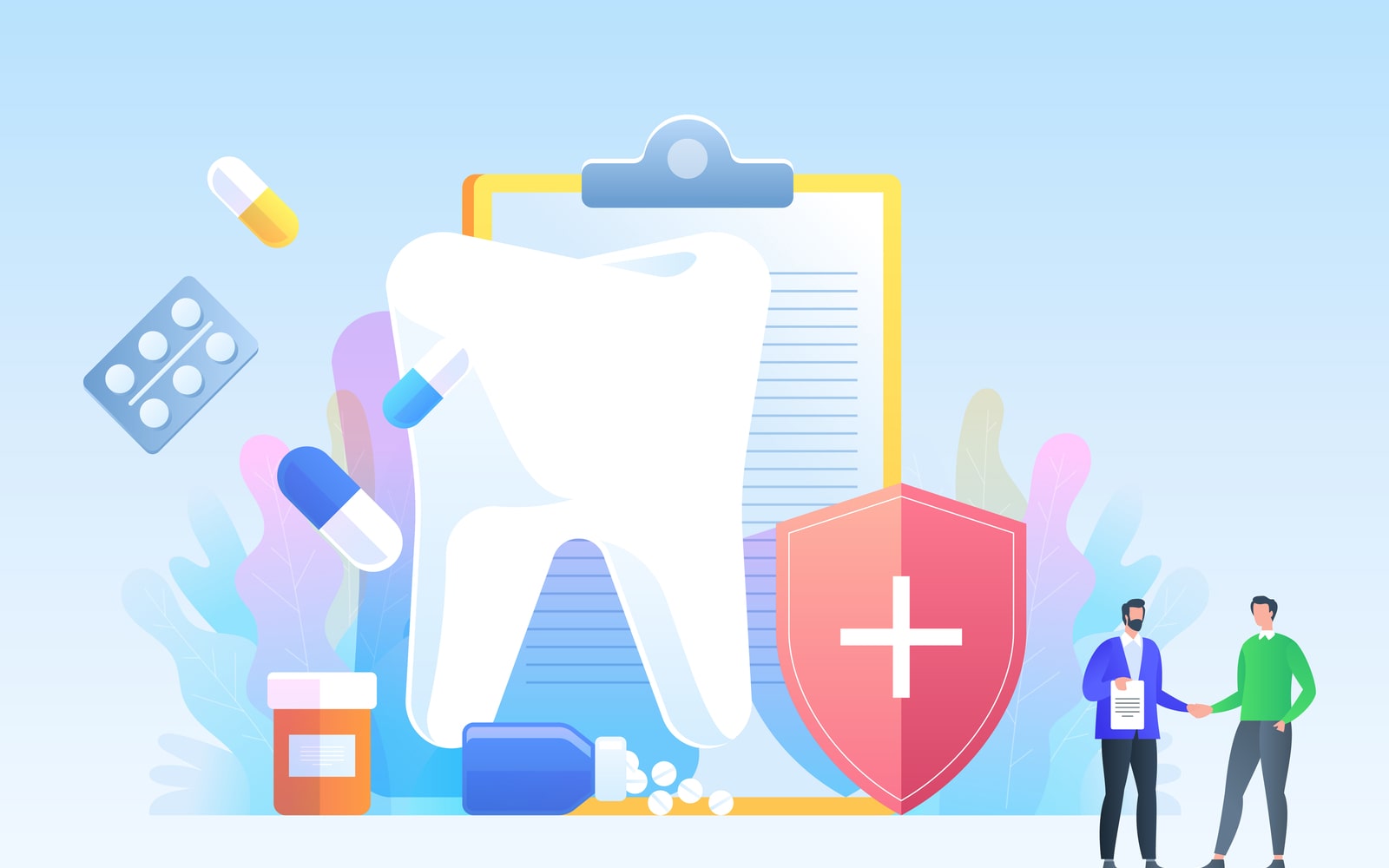
What To Look Forward To With The Future of Dentistry
Right now, there are many barriers of entry for technologies like AI models, robotic-assisted surgeries, and virtual reality appointments to enter the field of dental technology. However – it’s an exciting prospect, because through these avenues, dental practices have more opportunities to care for their patients and solve complex cases that normally would deny their patients treatment.
Patients in remote areas could schedule a virtual appointment for a checkup or patients with severe, endodontic or periodontic issues could experience better quality restorations with 3D printing and robotic-assisted surgery. Most of all, underdiagnosed conditions like oral cancer could be better diagnosed and treated early through AI-assisted diagnosis. The future holds possibilities, but it’s up to what’s developed next to determine how people experience their care.
Enhance Your Website’s Design and SEO With Optimized360
Alongside developments in dental technology, web design and marketing have gone through many ongoing trends over the last decade. If you find yourself behind on these trends and want to keep your practice updated, then look no further. At Optimized360, our team of SEO analysts and website designers can rebuild your website, write engaging content, and keep your patients informed with the latest from you. For more information, schedule a consultation with our experts today and see how we can help make your website stand out and your practice seen.




